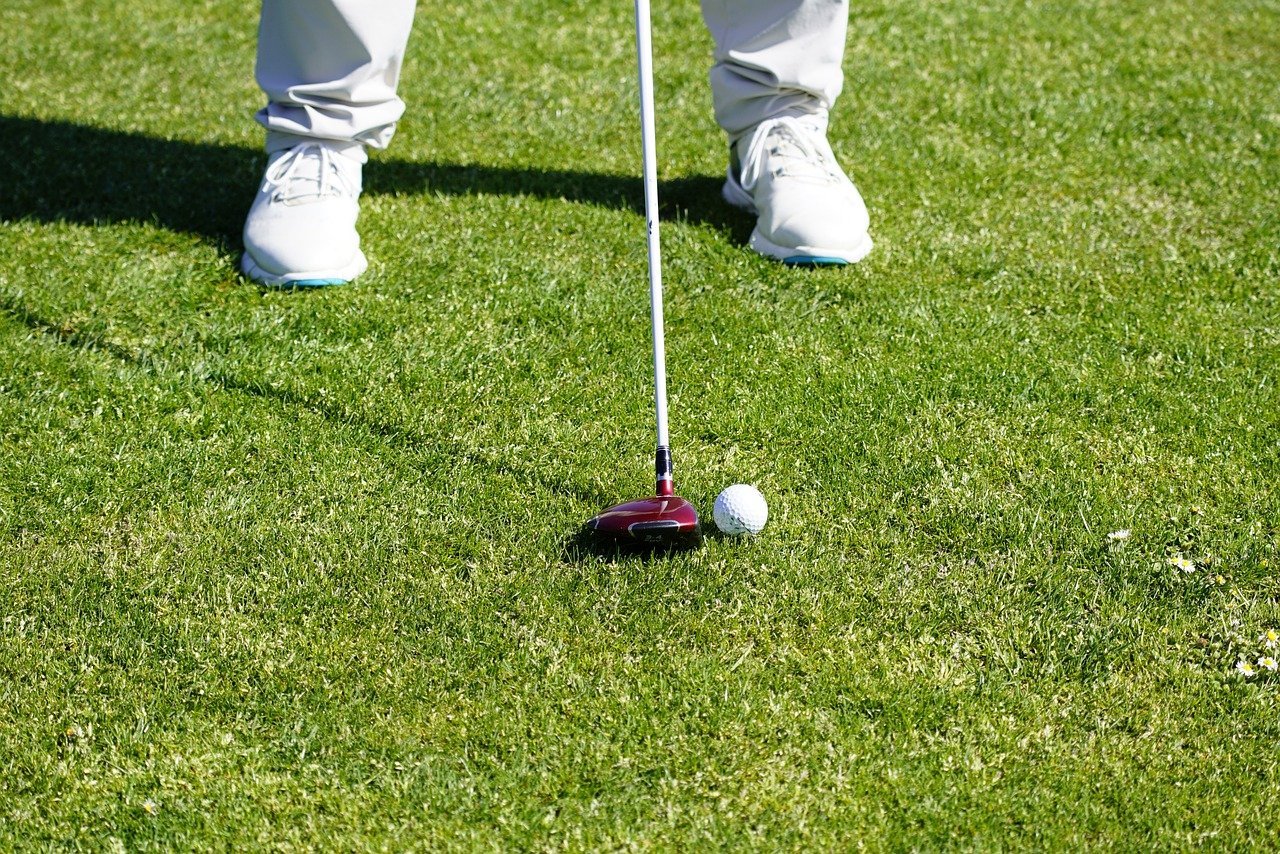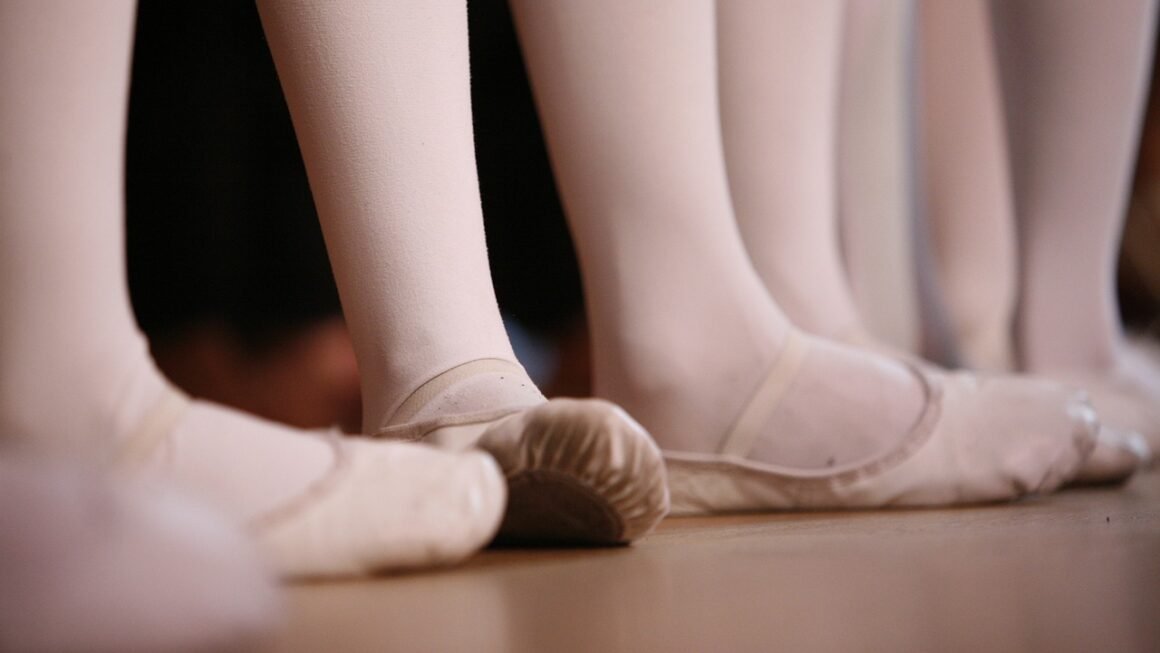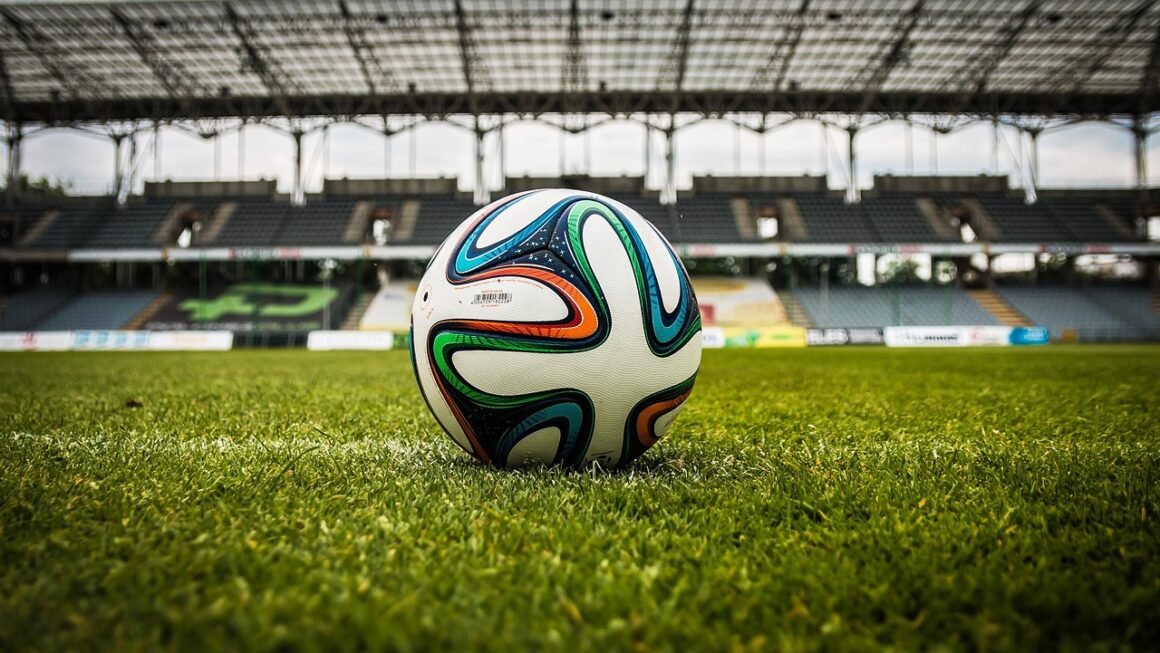Skiing, the exhilarating dance down snow-covered mountains, isn’t just a sport; it’s an experience that blends adrenaline, stunning scenery, and the crisp embrace of winter. Whether you’re a seasoned pro carving effortless turns or a beginner just learning to navigate the bunny slopes, the allure of skiing is undeniable. This guide delves into the essential aspects of skiing, from choosing the right gear to mastering the fundamentals and planning your next alpine adventure. Get ready to glide into a world of winter wonder!
Getting Started: Ski Gear Essentials
Understanding Ski Types
Choosing the right skis is paramount to enjoying your time on the slopes. Different skis are designed for different terrain and skill levels.
- All-Mountain Skis: Versatile and suitable for a variety of snow conditions. A good starting point for beginners and intermediate skiers. Typically have a waist width of 80-100mm.
- Powder Skis: Wider skis (100mm+) designed to float on top of deep, soft snow. Ideal for off-piste adventures.
- Carving Skis: Narrower skis designed for groomed runs and precise turns. Best for skiers who enjoy carving smooth arcs.
- Freestyle Skis: Durable and playful skis designed for park and pipe riding. Often feature a twin-tip design.
Example: A beginner skier looking for an all-around ski might choose an all-mountain ski with a waist width of around 85mm, while an experienced skier who enjoys skiing deep powder might opt for a powder ski with a waist width of 110mm or more.
Boots, Bindings, and Poles
Properly fitted boots are crucial for comfort and performance. Bindings connect your boots to your skis and are designed to release in case of a fall, preventing injury. Poles provide balance and propulsion.
- Boots: Visit a professional boot fitter to ensure a comfortable and performance-enhancing fit. Factors to consider include flex, size, and last (width).
- Bindings: Ensure your bindings are properly adjusted by a qualified technician according to your skier type, height, weight, and boot sole length (BSL).
- Poles: Choose poles that allow your elbow to be bent at a 90-degree angle when the pole tip is on the ground. Adjustable poles offer versatility.
Tip: Spend the extra time and money to get professionally fitted boots. It’s an investment that will dramatically improve your comfort and control on the slopes.
Clothing and Safety
Staying warm, dry, and protected from the elements is essential for an enjoyable skiing experience. Safety equipment can help prevent injuries.
- Layers: Dress in layers to regulate your body temperature. Start with a moisture-wicking base layer, add an insulating mid-layer (e.g., fleece), and finish with a waterproof and windproof outer layer.
- Waterproof Gear: Invest in a good quality waterproof jacket and pants.
- Helmet: Always wear a helmet. It’s the single most important piece of safety equipment.
- Goggles: Protect your eyes from the sun, wind, and snow. Choose goggles with UV protection and a lens tint appropriate for the weather conditions.
- Gloves or Mittens: Keep your hands warm and dry. Mittens are generally warmer than gloves.
- Sunscreen: The sun reflects strongly off the snow, so apply sunscreen to exposed skin even on cloudy days.
Statistic: According to the National Ski Areas Association (NSAA), helmet use among skiers and snowboarders has increased significantly over the years, leading to a reduction in head injuries.
Mastering the Fundamentals of Skiing
The Snowplow (Wedge)
The snowplow, or wedge, is the fundamental technique for controlling speed and direction. It involves pointing the tips of your skis inward, forming a “V” shape.
How to:
- Start with your skis in a narrow “V” shape.
- Apply pressure to the inside edges of your skis.
- To turn, apply more pressure to the inside edge of the ski on the opposite side of the desired turn.
- Increase the angle of the “V” to slow down or stop.
Actionable takeaway: Practice the snowplow on a gentle slope until you feel comfortable controlling your speed and direction.
Basic Turns
Once you’ve mastered the snowplow, you can progress to basic turns. This involves gradually shifting your weight and edging your skis to initiate turns.
- Start with a wide snowplow.
- Shift your weight towards the outside ski of the turn.
- Edge your outside ski by tilting your knees and ankles in the direction of the turn.
- Gradually narrow the snowplow as you become more confident.
Example: To make a left turn, shift your weight onto your right ski and edge it by tilting your knees and ankles to the left. Keep your upper body facing downhill.
Ski Lifts: A Beginner’s Guide
Navigating ski lifts can be daunting for beginners. Here’s a breakdown of the most common types:
- Chairlifts: The most common type of lift. Sit on the chair and lower the safety bar. Ensure your skis are pointing forward.
- Gondolas: Enclosed cabins that transport skiers up the mountain.
- T-Bars and J-Bars: Drag lifts that require you to hold onto a bar while being pulled uphill.
- Magic Carpets (Conveyor Belts): Flat, moving walkways that are ideal for beginners on gentle slopes.
Tip: Ask a lift operator for assistance if you’re unsure how to use a particular lift.
Planning Your Ski Trip
Choosing the Right Resort
Selecting the right ski resort is crucial for a successful trip. Consider factors such as:
- Skill Level: Look for resorts with a good mix of beginner, intermediate, and advanced runs.
- Snow Conditions: Research the resort’s average snowfall and snowmaking capabilities.
- Terrain: Consider the type of terrain you prefer (e.g., groomed runs, off-piste, terrain parks).
- Budget: Skiing can be an expensive sport. Factor in lift tickets, accommodation, food, and transportation.
- Location: Choose a resort that is easily accessible.
Example: Vail, Colorado, offers a vast terrain suitable for all skill levels. Park City, Utah, is known for its accessibility and great snow conditions.
Booking Accommodation and Lift Tickets
Book your accommodation and lift tickets in advance, especially during peak season, to secure the best deals and availability.
- Accommodation: Consider hotels, condos, or vacation rentals near the ski resort.
- Lift Tickets: Purchase lift tickets online or at the resort. Multi-day tickets and season passes can offer significant savings.
- Packages: Look for ski packages that include accommodation, lift tickets, and equipment rentals.
Actionable takeaway: Check for early-bird discounts and package deals to save money on your ski trip.
Travel Insurance
Travel insurance is essential to protect yourself against unforeseen circumstances, such as injuries, illness, or travel delays.
- Coverage: Ensure your insurance policy covers medical expenses, trip cancellations, and lost or stolen equipment.
- Activities: Verify that your policy covers skiing and other winter sports activities.
Tip: Read the fine print of your insurance policy carefully to understand its coverage and limitations.
Staying Safe on the Slopes
The Skier’s Responsibility Code
Adhering to the Skier’s Responsibility Code is essential for ensuring the safety of yourself and others on the slopes.
The code includes principles like:
- Always stay in control.
- People ahead of you have the right-of-way.
- Stop in a safe place for others to see you.
- Before starting downhill or merging onto a trail, look uphill.
- Use devices to help prevent runaway equipment.
- Observe all posted signs and warnings.
- Know how to use the lifts safely.
Avoiding Common Skiing Injuries
Skiing, while exhilarating, can lead to injuries if precautions are not taken.
- Warm-up: Prepare your body for the physical demands of skiing with a proper warm-up.
- Stay Hydrated: Drink plenty of water to prevent dehydration.
- Know Your Limits: Don’t attempt terrain that is beyond your skill level.
- Rest: Take breaks throughout the day to avoid fatigue.
- Proper Equipment: Make sure your equipment is properly fitted and maintained.
Statistic: Knee injuries are among the most common skiing injuries, often resulting from sudden twists or falls.
Weather Awareness
Be aware of the weather conditions and how they can change rapidly in the mountains. Check the forecast before heading out and be prepared for unexpected changes.
- Visibility: Low visibility can make it difficult to see the terrain ahead.
- Wind Chill: High winds can significantly lower the temperature.
- Snow Conditions: Icy or slushy conditions can increase the risk of falls.
Actionable takeaway: If the weather conditions are unfavorable, consider staying off the slopes or choosing a lower-elevation run.
Conclusion
Skiing offers a unique blend of physical challenge, breathtaking scenery, and the pure joy of gliding down a mountain. By understanding the fundamentals of skiing, selecting the right gear, planning your trip carefully, and prioritizing safety, you can create unforgettable memories on the slopes. Whether you’re a beginner or an experienced skier, the world of winter adventure awaits. So, gear up, hit the slopes, and embrace the thrill of skiing!



